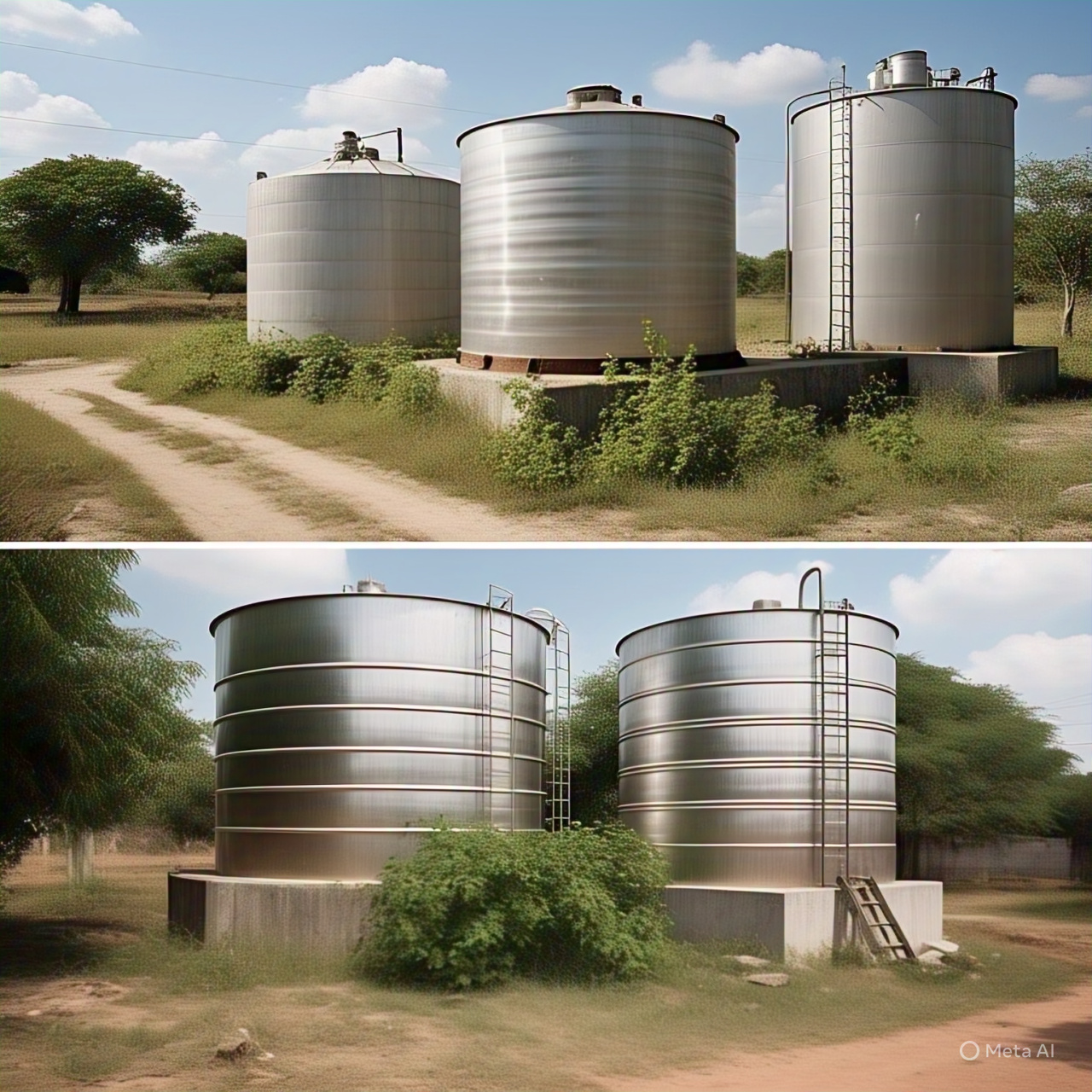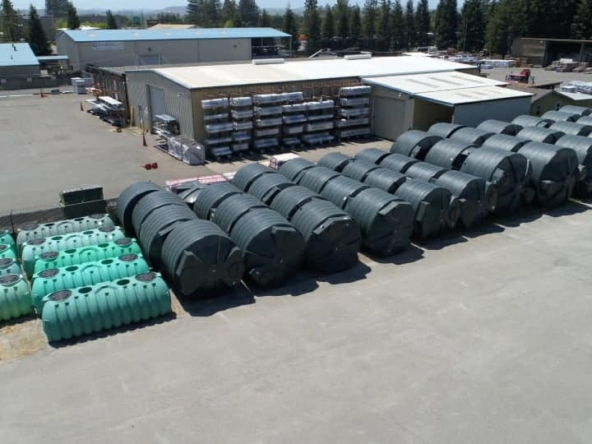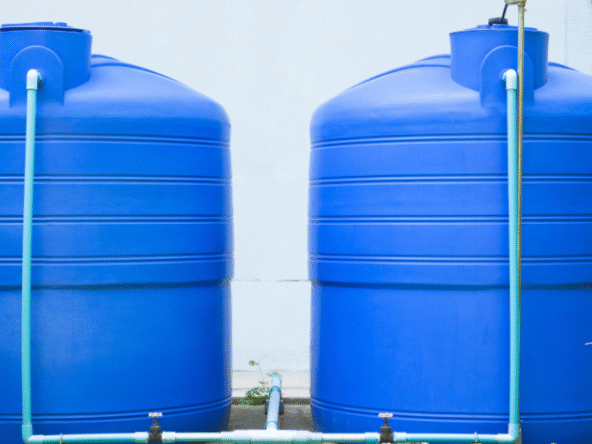Water tank placement is one of the most critical decisions in setting up a water storage system in Kenya.
Whether you’re building a rural homestead or a modern home in Nairobi, understanding the differences between underground and above-ground tanks can help you choose the most efficient and cost-effective option.
Why Tank Positioning Matters
Your tank’s location influences:
- Water pressure and delivery
- Space utilization
- Installation and maintenance costs
- Longevity and hygiene
Choosing the wrong type or placement can result in wasted money or poor performance.
Underground Water Tanks
Underground water tanks are buried partially or fully beneath the surface. They can be made from:
- Reinforced concrete
- Heavy-duty polyethylene (plastic)
- GRP (Glass Reinforced Plastic)
Advantages:
- Save surface space—great for small plots
- Better temperature control (less evaporation)
- Protected from UV rays and vandalism
- Can be used for rainwater harvesting or grey water reuse
Disadvantages:
- Expensive to install (excavation, reinforcement)
- Harder to access for cleaning and repairs
- Risk of contamination if not properly sealed
Above-Ground Water Tanks
These tanks sit directly on the ground or on an elevated stand. Common types include:
- Plastic/polyethylene tanks—Kentank, Roto, Toptank
- Steel water tanks – For high-capacity use
- Rectangular or slimline tanks – Space-saving design
Advantages:
- Cheaper and easier to install
- Simple to clean and maintain
- Easy to inspect for leaks
- Portable in case you relocate
Disadvantages:
- Take up space on the surface
- More exposed to temperature fluctuations
- Vulnerable to damage or theft
Cost Comparison (2025 Estimates)
Underground Tanks (Plastic/Concrete)
| Size | Estimated Cost (KES) |
|---|---|
| 2,000L | 70,000 – 100,000 |
| 5,000L | 130,000 – 180,000 |
| 10,000L | 200,000 – 300,000 |
Above-Ground Tanks (Poly)
| Size | Estimated Cost (KES) |
|---|---|
| 2,000L | 14,000 – 24,000 |
| 5,000L | 34,000 – 60,000 |
| 10,000L | 70,000 – 123,000 |
Installation of underground tanks includes labor, excavation, and reinforcement.
Maintenance & Lifespan
| Feature | Underground Tanks | Above-Ground Tanks |
|---|---|---|
| Lifespan | 15–30 years (concrete), 10+ (poly) | 7–15 years depending on quality |
| Cleaning | Difficult, requires professional help | Easy DIY cleaning |
| Inspection | Limited (unless fitted with sensors) | Easy visual checks |
| Risk of Contamination | Medium–High if poorly sealed | Low if covered properly |
Space & Design Considerations
- Underground tanks are best for small plots or where space is limited. You can pave or build over them.
- Above-ground water tanks need open space, but slimline and rectangular tanks help save room.
Tip: If elevation is needed for gravity-fed systems, an above-ground tank can be mounted on a steel stand.
Hybrid Options
Some homeowners install both:
- Underground tank for bulk rainwater collection
- Smaller above-ground tank for daily use (connected to a pressure pump or gravity-fed)
This combo offers both volume and convenience.
Conclusion: Which Should You Choose?
| Criteria | Best Option |
|---|---|
| Budget-conscious homes | Above-ground plastic tank |
| Small plot or hidden design | Underground tank |
| DIY-friendly installation | Above-ground tank |
| Long-term investment | Concrete underground tank |
Both options have their place. For most Kenyan homes, a 5,000L or 10,000L above-ground poly tank offers the best balance of cost, ease of use, and durability.




